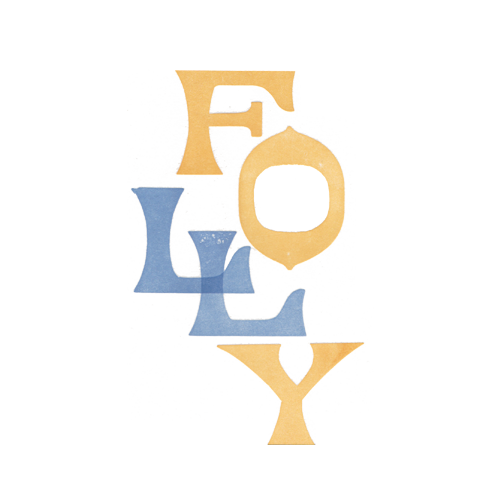The Folly Flâneuse is beginning to feel festive after a visit to Harlow Carr in Harrogate. The Royal Horticultural Society’s Yorkshire garden is bathed in colour on selected evenings until the end of the year, and of course a highlight for this particular visitor was the beautifully lit Folly.
eyecatcher
The Gothic Summerhouse, Barnsley House, Gloucestershire
Barnsley House, in the village of the same name, is one of those picture-perfect Cotswold manor houses of exquisite honey-coloured stone. Built in the last years of the 17th century it passed through various owners, and served as the Rectory, before being purchased by the Verey family in 1939. It came to fame a generation later when David Verey, an architectural historian, and his wife Rosemary inherited the house. Rosemary Verey went on to create one of the most famous gardens in Britain, and even those who have never visited (including, until this week, The Folly Flâneuse) would recognise the laburnum avenue underplanted with alliums that has graced many a calendar and greetings card.
The Pagoda and Chinese Bridge, St. James’s Park, London, 1814
1814 saw the centenary of the ascension of the House of Hanover to the British throne. Although it was only a few years since George III had celebrated a reign of 50 years, it was decided that a grand national fête would be held in August to mark the occasion, an event which would also commemorate ‘General Peace’ and the anniversary of the ‘Glorious Battle of the Nile’.
The Temple of Naval Heroes, Storrs Hall, Windermere, Cumbria
The grandly-named ‘Temple of Naval Heroes’ stands at the end of a narrow causeway that leads from the grounds of Storrs Hall out into the water, offering magnificent views up and down the lake. The temple was constructed by Sir John Legard of Storrs Hall as an ornament to the new house he had built in the last years of the eighteenth century, and as an expression of his patriotism, Sir John being ‘passionately attached to his country’. The octagonal building carries plaques celebrating four great naval victors in the ongoing war against the French– Admirals Howe, St Vincent, Duncan and Nelson.
Castle Folly, Leyburn, North Yorkshire
This sham castle folly was built to ornament the ‘beautiful grounds’ of the house which is now called Thornborough Hall, on the edge of Leyburn in the Yorkshire Dales*. Part of the gardens was developed for housing in the 20th century, but there is still plenty of interest if one sets off to explore the woodland behind the hall.
Penicuik, Midlothian, Scotland
Sir John Clerk’s great mansion at Penicuik was devastated by fire in 1889, and remained derelict and dangerous for over a century. It was consolidated by the Penicuik House Preservation Trust in 2007-2014, and is now a thriving visitor attraction and education centre. The Trust will soon turn its attention to another of its stated conservation aims: ‘preserving and restoring the historic built structures within the Designed Landscape’. Excellent news!
Severndroog Castle, Shooter’s Hill, London
If there’s one thing you can guarantee about 18th century towers, it is that they will be described using words and phrases that were just as fashionable as the buildings themselves. A tower will always be ‘lofty’ and it will almost certainly ‘command rich and extensive views’. Severndroog Castle was built in 1784 and early descriptions follow this unwritten rule. The panorama today is even richer than it was when the tower was built, with two centuries of London development on show.
Fisher’s Hall, Hackfall, near Masham, North Yorkshire
Studley Royal, near Ripon, stays comfortably in the upper reaches of the list of most-visited National Trust properties, helped by the fact that the landscape garden features that epitome of eye-catchers, Fountains Abbey. But only a few miles away from Studley’s shops and scones is Hackfall, a tranquil vale* which is sublime, romantic and wild – and totally devoid of facilities. Both were created in the 18th century by the Aislabie family of Studley.
Monteath Mausoleum, Ancrum, Borders.
The hero of this tale began life in 1787 as Thomas Monteath. By the time he died in 1868 he had taken the name Douglas as a condition of an inheritance, advanced in the military ranks, and been knighted, thus ending his life as General Sir Thomas Monteath Douglas. He had plans to ensure that he would not quickly be forgotten, and had this extraordinary mausoleum constructed.
Grimston Park Tower, near Tadcaster, North Yorkshire
Grimston Park was rebuilt by the Hon. Colonel Caradoc, later 2nd Baron Howden, from around 1839, transforming a ‘plain country house’ into a ‘splendid chateau’. New offices and estate buildings were also erected, including this ‘object tower’.










